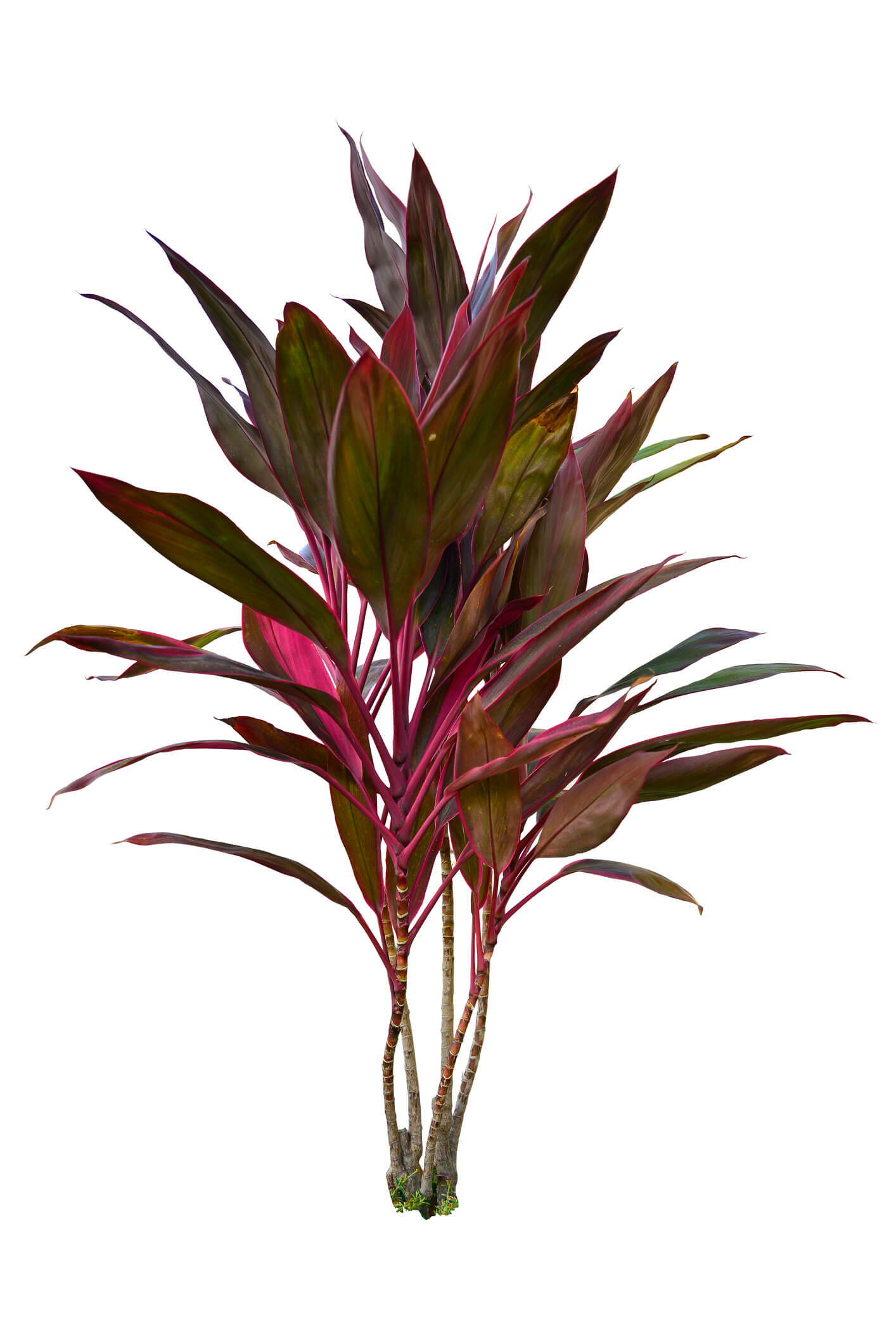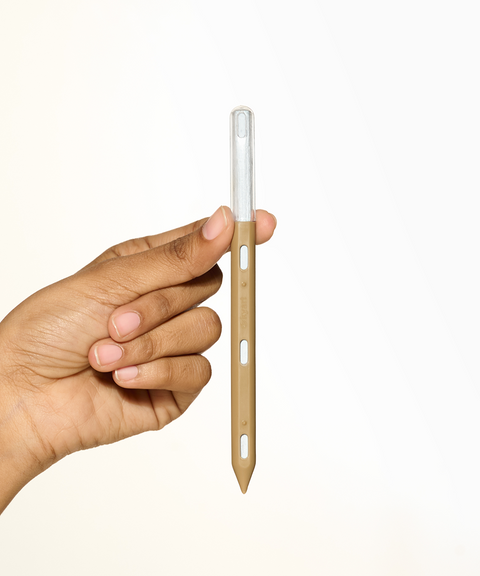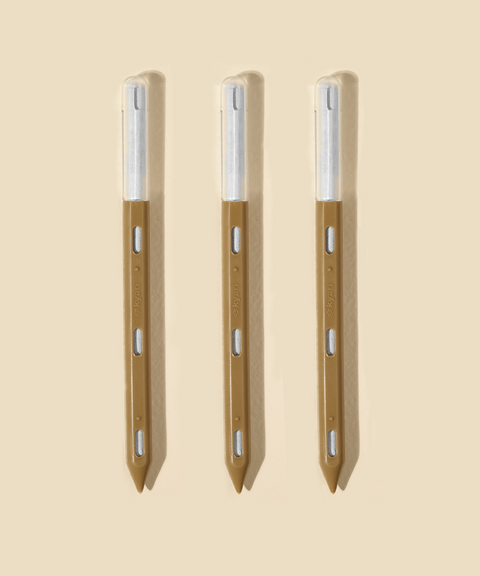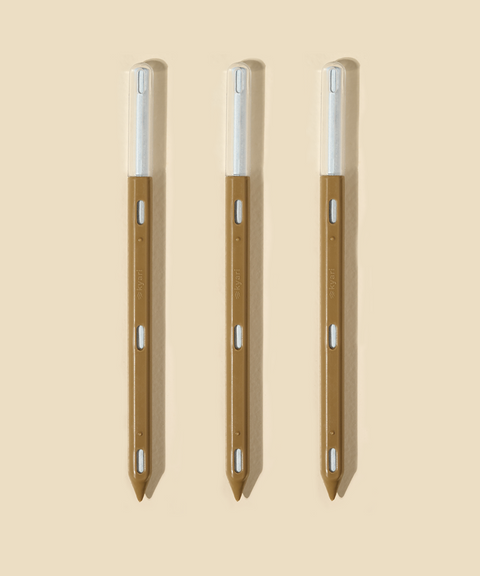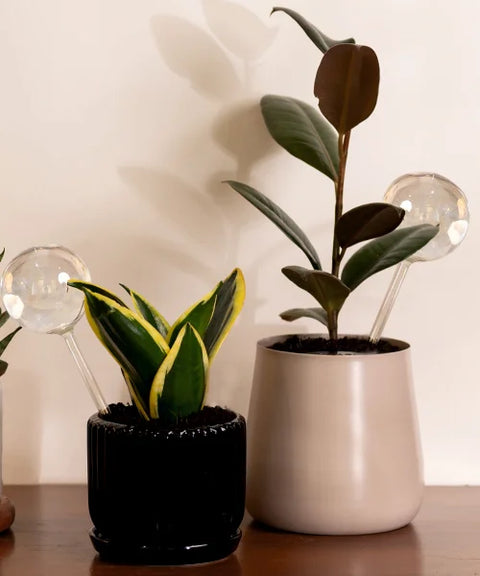Care guide
Cordyline plants thrive in bright, indirect light. They can tolerate some direct sunlight, especially morning or evening sun, but intense midday sun should be avoided. Indoors, place them near a window with filtered light or provide them with fluorescent lighting if needed.
Cordyline plants prefer temperatures between 60°F and 80°F (15°C and 27°C). They can tolerate slightly cooler temperatures but are sensitive to frost. Protect them from cold drafts and maintain a relatively stable temperature for optimal growth.
Keep the soil evenly moist for Cordyline plants, but avoid overwatering. Water them when the top inch (2.5 cm) of soil feels slightly dry. Water thoroughly and allow excess water to drain away. Reduce watering during the winter months when the plant's growth slows down.
Cordyline plants appreciate moderate to high humidity levels. Increase humidity by misting the leaves regularly or placing a humidifier nearby. Alternatively, you can place the pot on a tray filled with water and pebbles, ensuring that the water level does not touch the bottom of the pot.
Use a well-draining, rich potting mix for Cordyline plants. A mixture of peat moss, perlite, and compost works well. Good drainage is essential to prevent waterlogging and root rot. Ensure the pot has drainage holes to allow excess water to escape.
Feed Cordyline plants with a balanced, water-soluble fertilizer diluted to half the recommended strength. Apply the fertilizer every two to four weeks during the growing season (spring and summer) to promote healthy growth. Reduce or stop fertilization during the dormant period in winter.
Cordyline plants may require occasional pruning to remove dead or damaged leaves and maintain their shape. You can also prune the plant to encourage bushier growth. Use clean, sharp pruning shears to avoid tearing or damaging the foliage.
Cordyline plants can be propagated through stem cuttings. Take a 4-6 inch (10-15 cm) cutting from a healthy stem, remove the lower leaves, and plant it in a well-draining potting mix. Keep the cutting warm and moist, and roots should develop within a few weeks.



